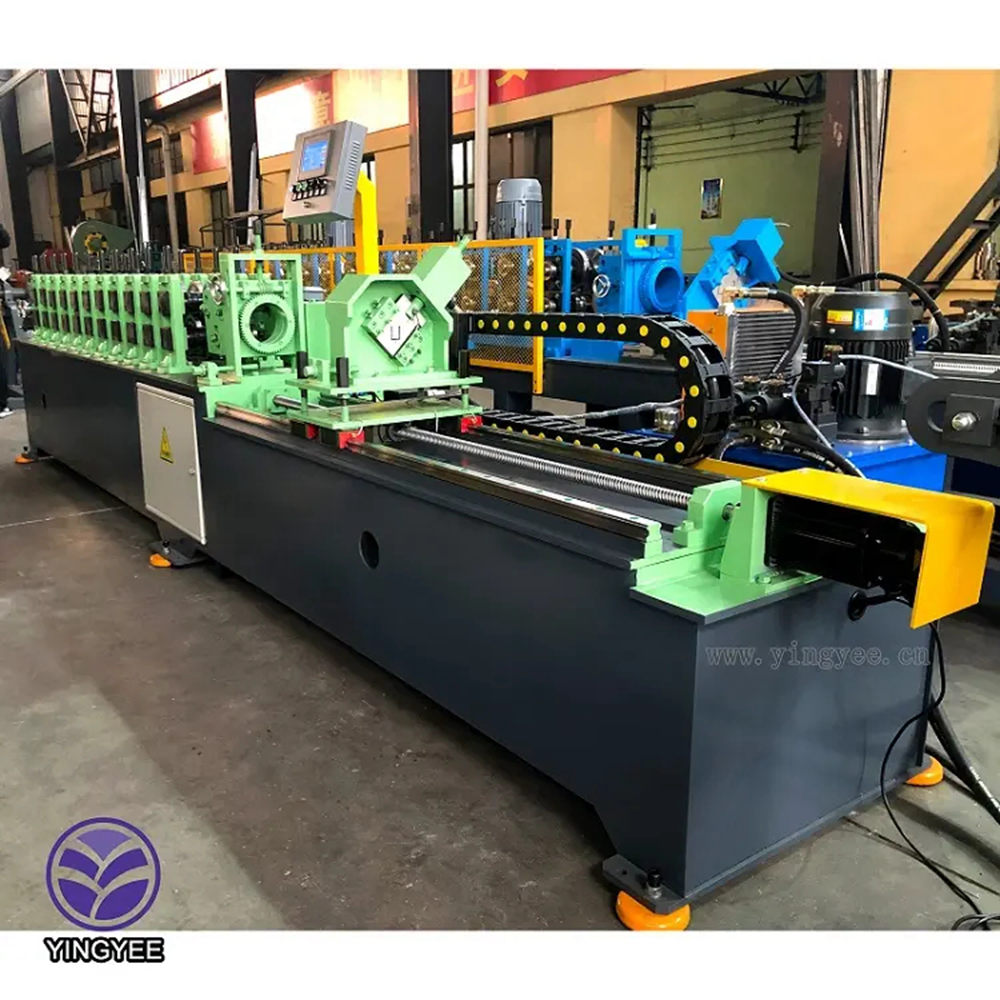
Understanding Corrugated Sheet Forming Machines
In the world of construction and manufacturing, the demand for durable and lightweight materials has led to the increasing popularity of corrugated sheets. These sheets are not only resilient and versatile but also offer outstanding weather resistance. At the heart of this production process lies the corrugated sheet forming machine, an innovative piece of equipment that plays a crucial role in manufacturing corrugated sheets efficiently and effectively.
What is a Corrugated Sheet Forming Machine?
A corrugated sheet forming machine is designed to produce corrugated sheets from various raw materials, the most common being metal (such as aluminum and steel) and plastic. The machine processes flat sheets of these materials, shaping them into corrugated forms that enhance their structural integrity and provide a lightweight alternative to conventional flat sheets. These machines can be used to create sheets of various profiles, widths, and thicknesses, catering to diverse industrial needs.
The Working Principle
The operation of a corrugated sheet forming machine involves several stages. First, the raw material is fed into the machine, which may include a decoiler and a straightener to prepare the sheet for processing. Once the flat sheet is in position, a series of rollers, configured into various shapes, pass over the material to create the desired corrugated profile. This process might involve several sets of rollers to achieve the final design.
After shaping, the machine typically includes cutting mechanisms that trim the sheets to the required length. Some advanced models also incorporate additional features such as embossing, printing, and surface treatment, which enhance the functionality and aesthetic appeal of the corrugated sheets. The entire process is automated in most modern machines, leading to high efficiency and minimal waste.
Benefits of Using Corrugated Sheets

The use of corrugated sheets has gained traction across various sectors, given their numerous advantages. One of the primary benefits is their strength-to-weight ratio; they provide significant structural support while remaining lightweight. This characteristic makes them an ideal choice for roofing, wall cladding, and flooring in the construction industry.
Moreover, corrugated sheets are resistant to harsh environmental conditions, including moisture, UV radiation, and extreme temperatures. This resistance contributes to their longevity and reduces maintenance costs, offering considerable savings over time. Additionally, their distinct ribbed design enhances rigidity without adding unnecessary weight, making handling and installation relatively easy.
The Role of Technology in Forming Machines
Continuous advancements in technology have significantly improved the functionality and efficiency of corrugated sheet forming machines. Modern machines are equipped with digital control systems, allowing operators to customize the production process easily. This adaptability facilitates the quick change of designs or materials, accommodating the fast-paced demands of the market.
Furthermore, innovations such as automated feeding systems, smart sensors, and energy-efficient motors have made these machines more user-friendly and environmentally conscious. The integration of IoT (Internet of Things) technologies allows for real-time monitoring and diagnostics, improving maintenance schedules and reducing downtime.
Conclusion
The corrugated sheet forming machine is a vital asset in the production line for corrugated sheets, providing unmatched efficiency and quality. As industries continue to seek materials that offer durability, versatility, and cost-effectiveness, the demand for corrugated sheets is set to rise. With ongoing technological advancements, these machines are becoming increasingly sophisticated, ensuring that manufacturers can meet the ever-evolving needs of the market. As a key component of the manufacturing process, the corrugated sheet forming machine not only streamlines production but also enhances the overall quality of the final products, proving indispensable in various applications across multiple sectors.